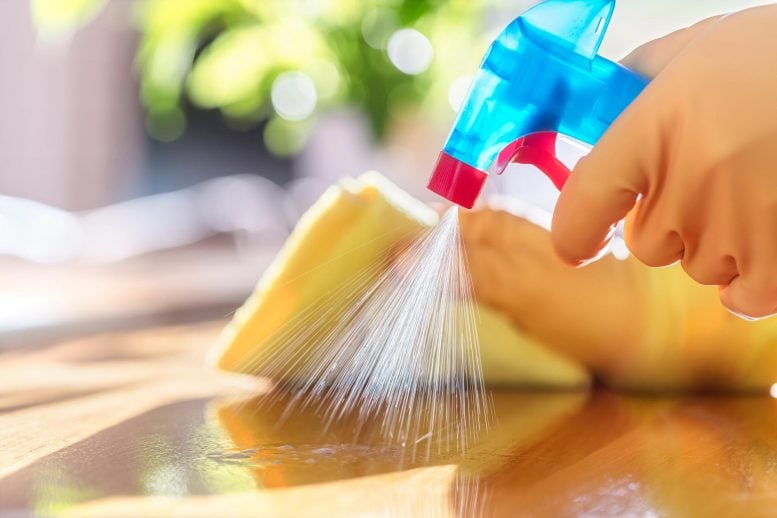
The research team found mopping with a hydrogen peroxide-based disinfectant raised airborne levels to over 600 parts per billion, 60% of the permitted exposure limit over eight hours, and 600 times the natural air concentration.
Cleaning surfaces with hydrogen peroxide-based disinfectants has the potential to pollute the air and pose a health risk, according to research led by the University of Saskatchewan (USask).
The research team found that mopping a floor with a commercially available hydrogen peroxide-based disinfectant raised the level of airborne hydrogen peroxide to more than 600 parts per billion—about 60 percent of the maximum level permitted for exposure over eight hours, and 600 times the level naturally occurring in the air. The results were just published today (December 1, 2020) in the journal Environmental Science & Technology.
“When you’re washing surfaces, you are also changing the air you are breathing,” said USask chemistry researcher Tara Kahan, senior author of the study and Canada Research Chair in Environmental Analytical Chemistry. “Poor indoor air quality is associated with respiratory issues such as asthma.”
Too much exposure to hydrogen peroxide could lead to respiratory, skin, and eye irritation, according to the U.S. Centers for Disease Control.
The COVID-19 pandemic has led to increased cleaning and demand for all types of cleaning products, including bleach alternatives that contain hydrogen peroxide.
“At the beginning of the pandemic, we couldn’t do research on this topic because hydrogen peroxide solutions were out of stock,” Kahan said.
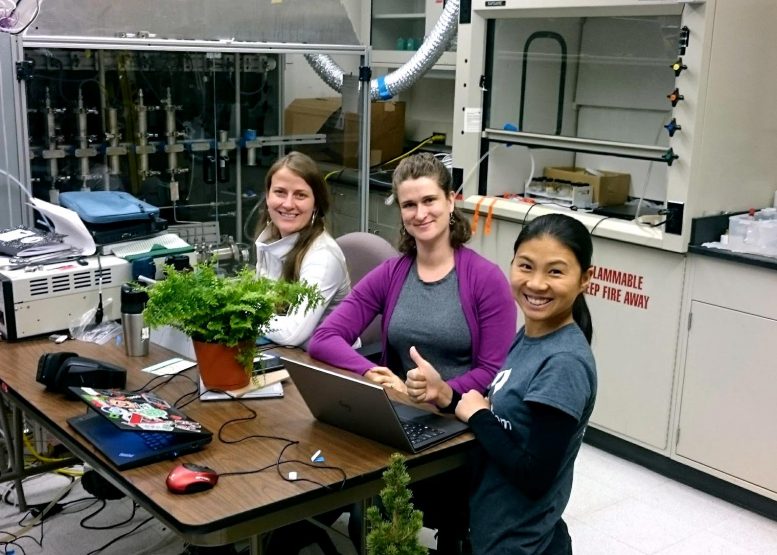
Left to right, York University chemistry researcher Cora Young, USask Canada Research Chair Tara Kahan, Syracuse University post-doctoral fellow Shan Zhou measure air quality in a simulated room in a lab at Syracuse University in 2017. Credit: Trevor VandenBoer
Kahan’s team, which also included researchers from Syracuse University, York University (Toronto), and the University of York (England), sprayed the vinyl floor in a simulated room environment with 0.88 percent hydrogen peroxide disinfectant and wiped it dry with paper towel either immediately or after letting it soak in for an hour. The team then tested the air at human head height.
“The real risk is for people who get repeatedly exposed, such as janitors and house cleaners,” Kahan said. “We washed the floor and collected measurements at face height—the concentrations will be even stronger at the floor or at the level of a countertop.”
Kahan said that the impact on children and pets—those physically closer to the disinfected surfaces—is not yet known.
More than 10 percent of disinfectants approved by Health Canada that are deemed likely to be effective against SARS-CoV-2 use hydrogen peroxide as the active ingredient. A total of 168 disinfecting products containing hydrogen peroxide as the active ingredient are approved or marketed in Canada.
There are a few ways to reduce risks while disinfecting your home, Kahan said:
- Consider using soap and water instead of a disinfectant—soap and water are known to kill the virus that causes COVID-19.
- Consider opening a window, turning on a range hood, or using your central air system—ventilation can dramatically reduce levels of pollutants circulating in the air and is one of the most effective methods of removing particles that can carry the virus.
- Opt for hydrogen peroxide-based disinfectants over bleach, as Kahan notes “Hydrogen peroxide is still much less potentially harmful than bleach.”
Reference: “Hydrogen Peroxide Emission and Fate Indoors during Non-bleach Cleaning: A Chamber and Modeling Study” by Shan Zhou, Zhenlei Liu, Zixu Wang, Cora J. Young, Trevor C. VandenBoer, B. Beverly Guo, Jianshun Zhang, Nicola Carslaw and Tara F. Kahan, 1 December 2020, Environmental Science & Technology.
DOI: 10.1021/acs.est.0c04702
Funded by the Canada Research Chairs program and the Alfred P. Sloan Foundation, Kahan’s team—mostly women in a discipline which tends to be male-dominated—is currently repeating the experiment in a house and apartment in Saskatoon to determine whether the high numbers occur in a real-world environment and to find practical ways to mitigate exposure risks.


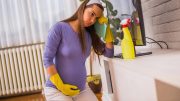
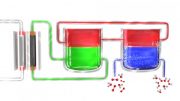

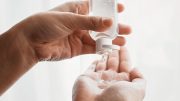

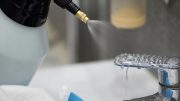
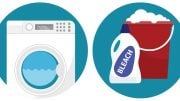
Thank for sharing this article post
“Opt for hydrogen peroxide-based disinfectants over bleach, as Kahan notes ‘Hydrogen peroxide is still much less potentially harmful than bleach.’”
The title of the article distorts the actual advice provided by the researchers. Chlorine, given off by bleach, is much more irritating to the lungs than hydrogen peroxide, which releases oxygen when it comes in contact with organic material.
Interesting review of H2O2. Using any Chlorine based product is definitely a NO THANK YOU from me. It instantly shuts down my ability to breathe.
Chlorine Dioxide should be getting more exposure as a safer solution compared to most disinfectants including bleach, Hydrogen peroxide & Quats, but its not. I wonder why?
Has there been an increase in respiratory issues being treated clinically due to the massive amounts of cleaning using hydrogen peroxide based solutions? I have never been fully convinced that even half of the listed exposure limits take into account common sense factors as well as scientific factors. Don’t get me wrong – science is the best way to demonstrate and define these limits but a lot of the scientists setting up the tests for use in the study don’t always apply the more true-to-life test conditions.
From a real world, practical application, hydrogen peroxide cleaners, like EnvirOx H2Orange2, are generally used at a dilution of 1oz.//gallon from a 4% concentrate of the product. This delivers a concentration on floors of 0.0003 H2O2 … well below the 0.88% that was used in the above example. H2O2 is very safe when used properly PERIOD.